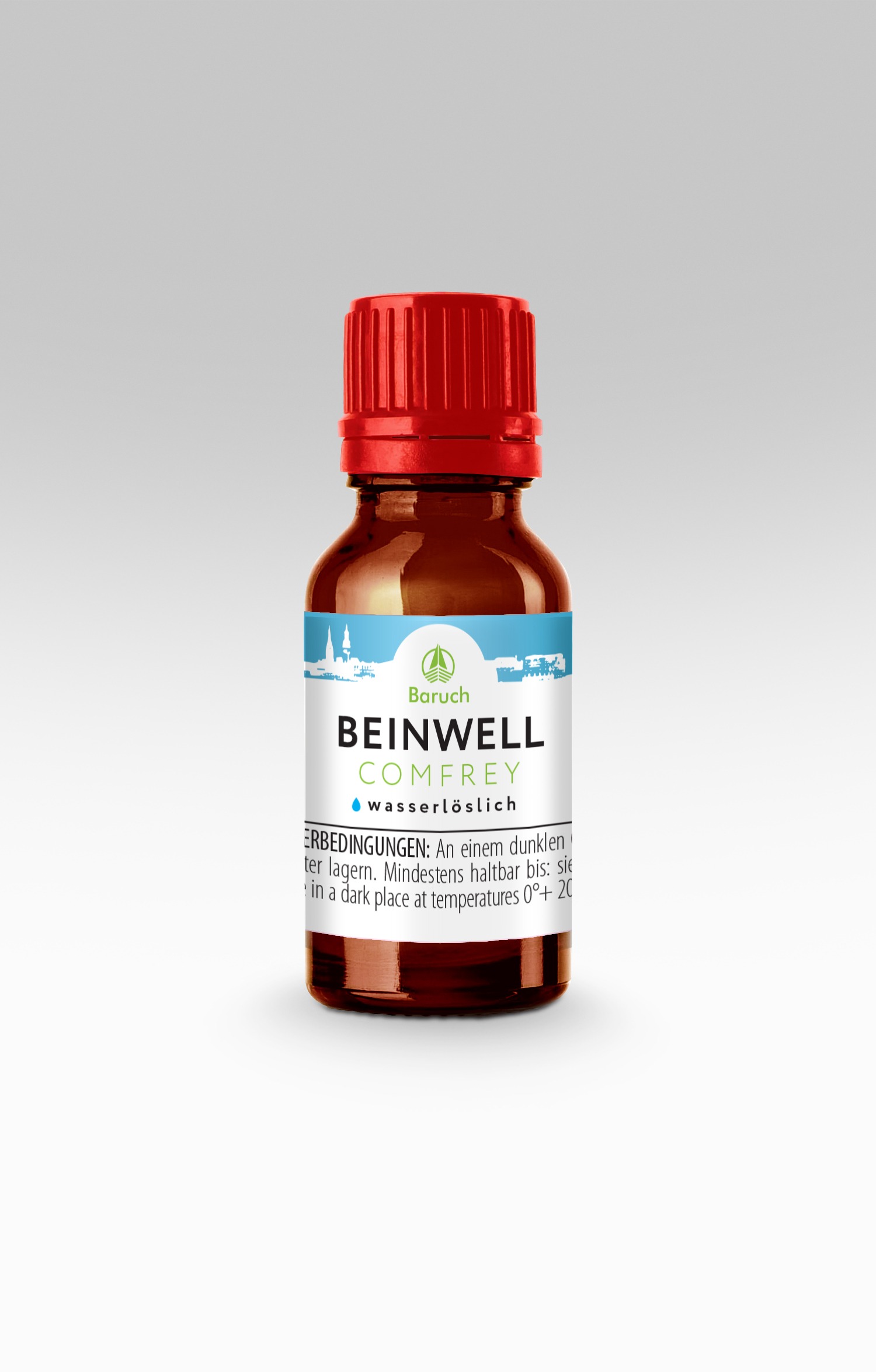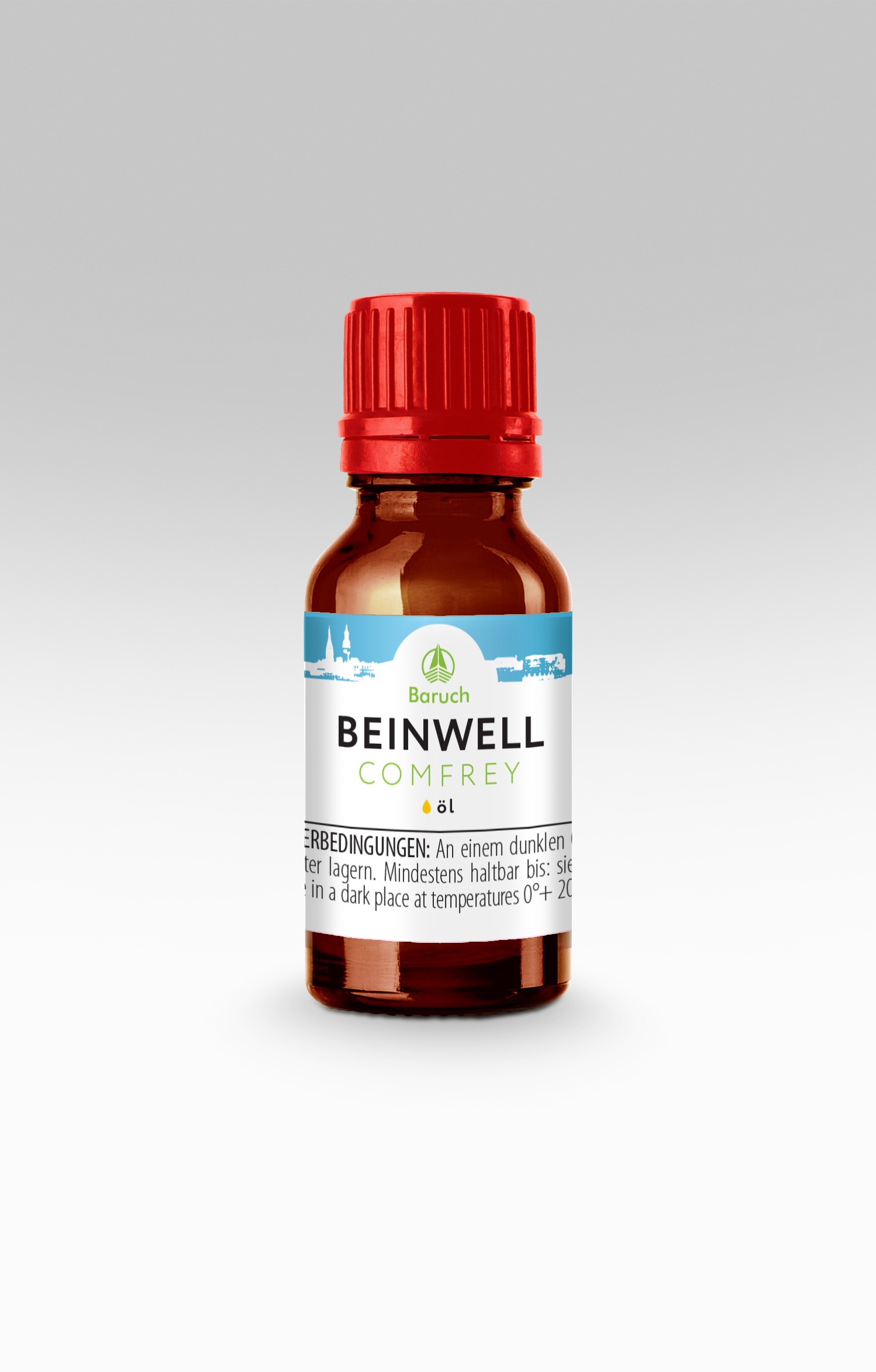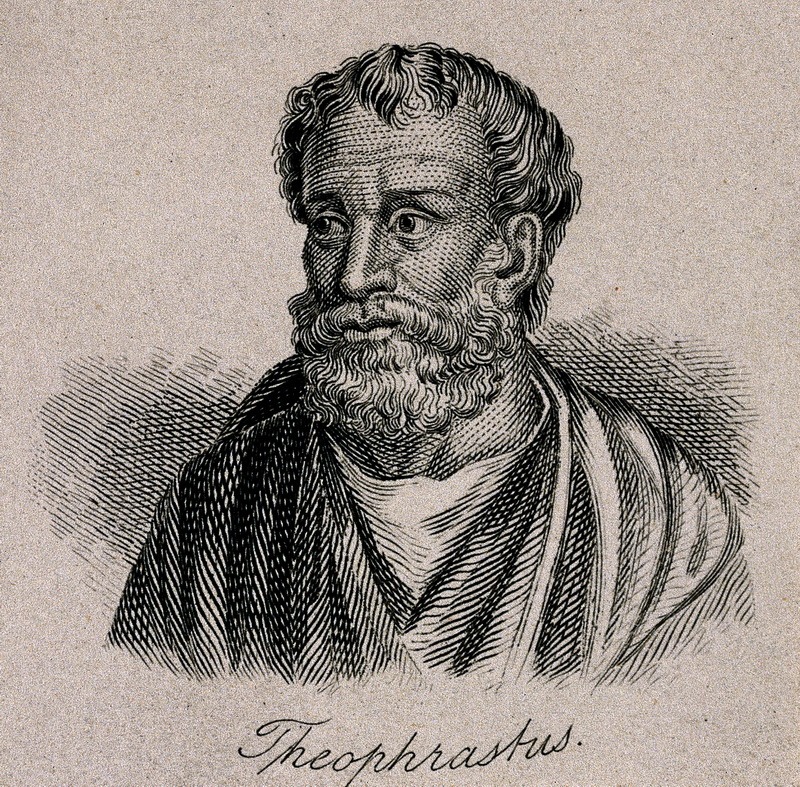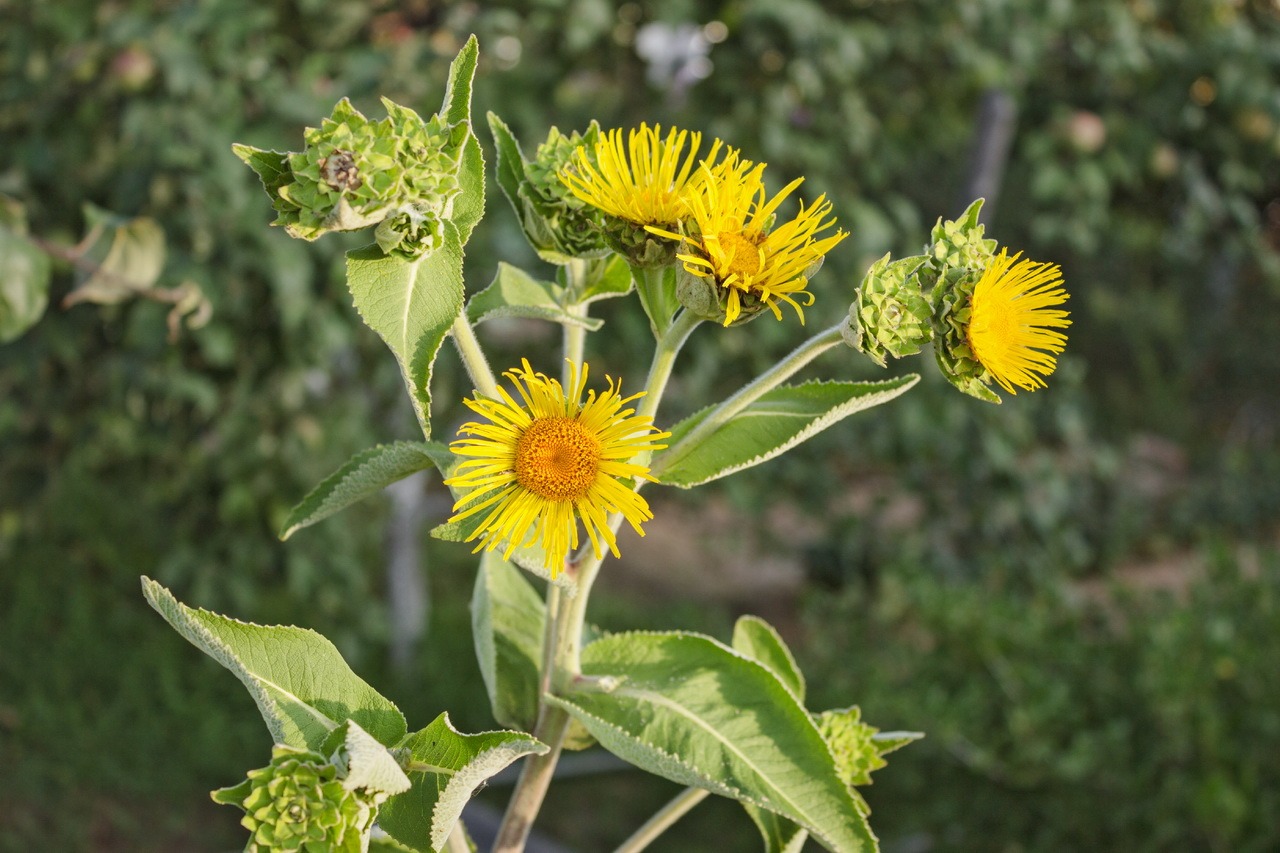Common comfrey is also called Quaker comfrey, cultivated comfrey, boneset, knitbone, consound, and slippery-root. The botanical name Symphytum derives from the Greek word for growing together of bones, and phyton, a plant. Emphasizing comfrey’s ability to accelerate bone fusion in fractures and scar formation in wound healing. Comfrey’s same ability is also indicated by one of its most common folk names – delphinium.
Comfrey has long been actively used in traditional medicine, especially oriental. It has been included in official pharmacopoeias relatively recently, and not at the same pace in all countries. Currently, comfrey-based preparations are most commonly used in Western Europe; The official European Pharmacopoeia allows the use of comfrey-based ointments for the treatment of lumbago, neuralgia, arthritis, myositis, osteochondrosis. Creams with comfrey oil extract are recommended for hyperkeratosis cracks. In Russia, the use of comfrey is not yet sufficiently developed.
The main limitation to the development of the use of comfrey in medicine and medicinal cosmetics is that comfrey is considered an alkaloid plant that can cause paralysis of the central nervous system due to the presence of the pyrrolysine alkaloids cynoglossine, consolidine and lasiocarpine. These potentially dangerous polar compounds do not end up in the CO2 extract.
The main direction of the biological effectiveness of comfrey is associated with its ability to heal wounds and ulcers, as well as with a regenerating effect. For example, in Bulgaria, comfrey infusion is widely used to treat boils, rinse with ulcerative stomatitis, periodontitis and tonsillitis. Comfrey root infusions have a good hemostatic effect.
In cosmetology, if necessary, oil extracts and infusions of comfrey are used, accelerated epithelization, dry skin, cracks. At the same time, we found that the biological activity of comfrey CO2 extract exceeds the biological activity of oil extract by at least one order of magnitude (read more about the difference between oil extracts and CO2 extracts here). CO2 can definitely be recommended for use in cosmetic preparations.
In sports medicine, preparations based on comfrey are recommended for bruises, sprains and muscle tears. For acute and chronic degenerative injuries of the spinal cord.
Comfrey CO2 extract from Biozevtika is a viscous oily liquid of saturated red color with a pronounced characteristic aroma. More than fifty lipophilic compounds with biological activity have been identified in the extract.
From the point of view of convenience of practical use, the optimal choice would be a 10% oil solution of comfrey CO2 extract (item A10, according to our internal classification). The recommended range of use for solutions of this concentration is 0.05-0.5%. When used on the lower end of the range, the effects manifest as homeopathic over time. When applied along the upper limit of the range, the effect has a well-defined therapeutic character.


Chart 1. Main components of Comfrey CO2 extract
| NAME | CONTENT IN% OF THE AMOUNT OF VOLATILE COMPONENTS | EFFECT |
|---|---|---|
| Eugenol | 12 | Used in perfumery compositions as a fragrance for tobacco, in dentistry – “oil of clove”. pain reliever, biocide. |
| Palmitic acid | 11 | Unsaturated fatty acid for hydrophobing in cosmetics. |
| β-Carryophyllene | 9,4 | Used in perfume compositions, fragrances for soaps and cosmetics. |
| Squalene | 7,1 | Anticarcinogenic, antimicrobial and fungicidal action. Saturates tissues with oxygen, which contributes to their rejuvenation. |
| P-coumaric Acetyleugenol | 2,7 | Has a warming effect, promotes recovery after surgery. Has a pronounced antiviral, antipustular and anti-acne effect. |
| Ethyl palmitate | 1,8 | Increases the body’s resistance to adverse conditions. Has antitumor activity. |
| 8,11,14-eicosatrienoic acid | 1,8 | Omega-3 essential polyunsaturated fatty acid. Helps lower levels of “bad” cholesterol in the blood. It has anticoagulant, antihypertensive, anti-inflammatory and immunocorrective effects. |
| Linoleic acid | 1,6 | Omega-6 essential unsaturated fatty acid. It has a pro-inflammatory, vasoconstrictive and aggregating effect. When there is an imbalance between omega-3 and omega-6 fatty acids, competing processes can occur that affect metabolism. |
| Limonene | 1,1 | Effective against fungi, mold and bacteria. perfume fragrance. Effective repellent. Undesirable in cosmetic preparations for sensitive and allergic skin. |
| Oleic acid | 1,3 | Omega-9 monounsaturated fatty acid. Used in cosmetics and as an emulsifier. |
Historical reference

The ancient Greek botanist Theofast spoke about the medicinal uses of comfrey. The ancient treatise “The Canon of Medicine” contains information about the healing properties of comfrey. Comfrey was recommended in ancient times by Paracelsus and Hildegard von Bingen to treat wounds. In the Middle Ages, numerous alchemists resorted to the help of this plant. Comfrey was also used in gynecology, and in a very specific capacity – with its help women were restored to virginity.
